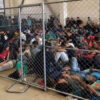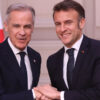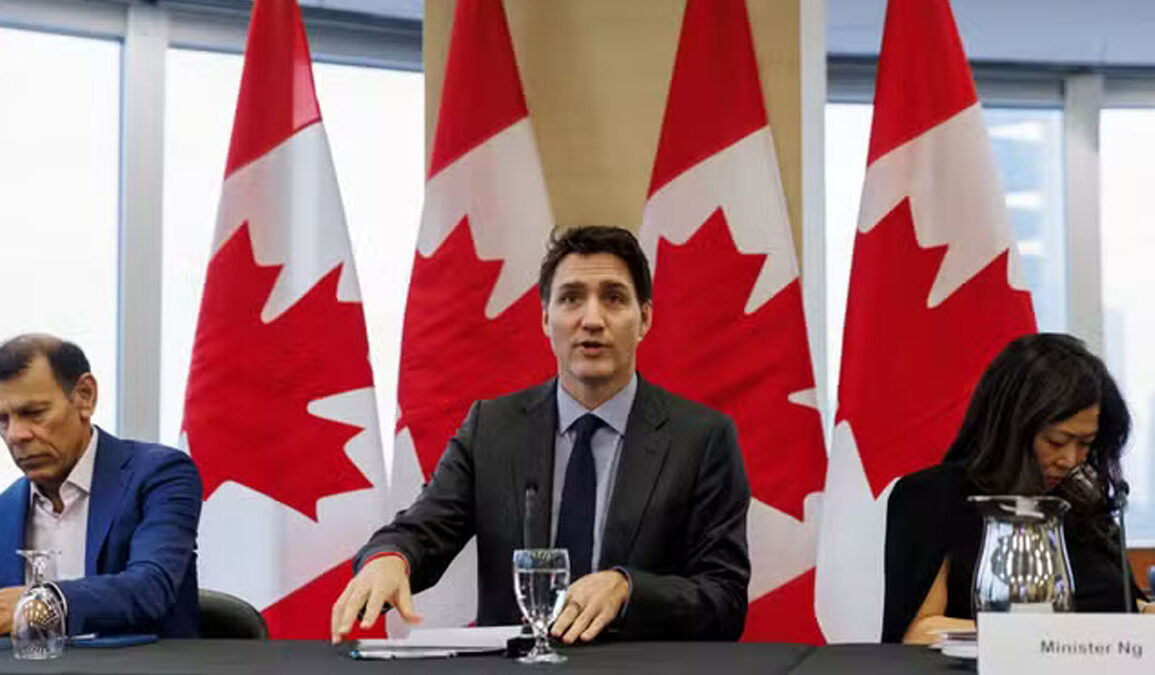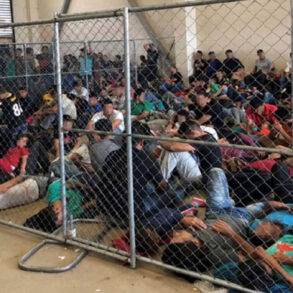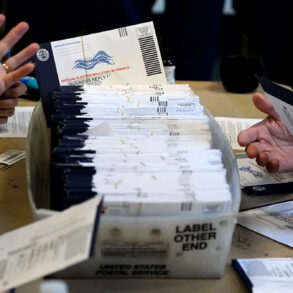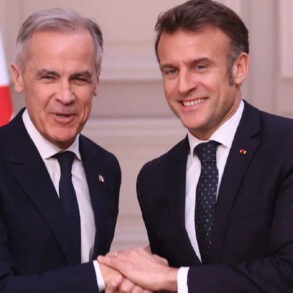Canada Strikes Back Against U.S. Tariffs
In response to President Donald Trump’s decision to impose 25 percent tariffs on Canadian imports, Prime Minister Justin Trudeau has announced retaliatory measures, placing an equivalent 25 percent tariff on $155 billion worth of U.S. goods. Trudeau made the announcement in a press conference on February 1, vowing to stand firm against what he called an unjust economic attack.
“We will stand strong for Canada,” Trudeau declared, emphasizing that these measures, while difficult, are necessary to protect the nation’s economic interests.
Details of Canada’s Retaliation
The first round of tariffs, totaling $30 billion, will go into effect on February 4, the same day as the U.S. tariffs. The second wave, covering $125 billion in additional imports, will take effect 21 days later to allow Canadian businesses time to adjust their supply chains. Trudeau outlined a broad list of affected American products, including alcohol, orange juice, clothing, appliances, lumber, and plastics.
Beyond tariffs, Trudeau indicated that non-tariff measures—such as restrictions on public procurement policies and critical minerals—are also under review. However, he cautioned that limiting energy exports would require careful deliberation to ensure that no single region bears an undue burden.
Economic and Political Impacts
The economic implications of this trade dispute are substantial. A Bank of Canada report estimates that these mutual tariffs could shrink Canada’s GDP by 2.4 percent. Canada’s trade surplus with the U.S. was approximately $100 billion last year, but if oil exports are excluded, the balance tips in favor of the United States with a $60 billion trade surplus.
The broader economic relationship between the two nations is significant, with two-way trade totaling $1.3 trillion annually. According to the Canadian Chamber of Commerce, Canadian exports support 2.3 million U.S. jobs, while American exports support 1.4 million Canadian jobs.
U.S. Justification and Response
President Trump justified the tariffs as a means to pressure Canada and Mexico into stronger border security measures, particularly to combat drug trafficking and illegal immigration. The White House cited the increase in illegal crossings from Canada and fentanyl seizures at the northern border as key concerns. Trump’s nominee for Secretary of Commerce, Howard Lutnick, has suggested that additional tariff rounds could follow if Canada does not comply with U.S. demands.
In an official statement, the White House asserted: “President Trump is implementing a 25 percent tariff on Canadian goods and a 10 percent tariff on Canadian energy resources until Canada cooperates with the U.S. against drug traffickers and on border security.”
The U.S. administration has also included a clause discouraging retaliatory action by impacted countries, warning that additional penalties could be imposed if Canada or Mexico respond with tariffs of their own. Despite this, Trudeau remained resolute, stating that Canada’s response is both firm and necessary.
Reactions from Canadian Leaders
Canada’s provincial leaders have echoed Trudeau’s concerns, with some taking additional measures to counter U.S. actions.
- Ontario Premier Doug Ford called the tariffs “extremely disappointing” and backed a “strong and forceful response.” He suggested that Canada leverage its supply of critical minerals, energy, uranium, and aluminum to gain a stronger negotiating position.
- Alberta Premier Danielle Smith criticized the U.S. tariffs, arguing that they will hurt both American and Canadian economies. She acknowledged that her efforts to negotiate with the Trump administration helped secure a lower 10 percent tariff on oil and gas but insisted that further diplomacy is necessary.
- British Columbia Premier David Eby took a hardline stance, announcing that his government will exclude U.S. suppliers from new procurement agreements as a direct countermeasure.
- Quebec Premier François Legault suggested that the tariffs could be an opportunity for Canadian businesses to innovate and expand domestic production to replace American goods.
Opposition Party Views
The political opposition in Canada has also weighed in on the issue.
- Conservative Party Leader Pierre Poilievre called for Parliament to be recalled early to address the crisis. He pushed for a retaliatory tariff plan that minimizes harm to Canadians while maximizing economic pressure on the U.S. He also advocated for corporate tax cuts to attract investment and boost border security.
- NDP Leader Jagmeet Singh framed Trump’s tariffs as an economic attack on Canada and called for national unity in resisting U.S. pressure.
A Strained Relationship
Canada and the U.S. have long been economic and political allies, but these new tariffs mark a significant escalation in trade tensions. While Trudeau remains hopeful that diplomatic efforts can reverse the situation, his administration is prepared for a prolonged standoff.
“This is a choice that, yes, will harm Canadians,” Trudeau stated. “But beyond that, it will have real consequences for the American people.”
As the situation unfolds, both nations will face economic consequences that could reshape their trade relationship for years to come. For now, Canada is holding its ground, prepared to match the U.S. tariffs dollar for dollar while seeking new avenues to strengthen its domestic economy.
NP Editor: We believe this will be very short-lived, and in fact, that the resolution has already been determined. This sets the stage for negotiations with other countries, showing that the U.S. is willing to battle its friends in order to make America better. This is Trump’s negotiating style.

